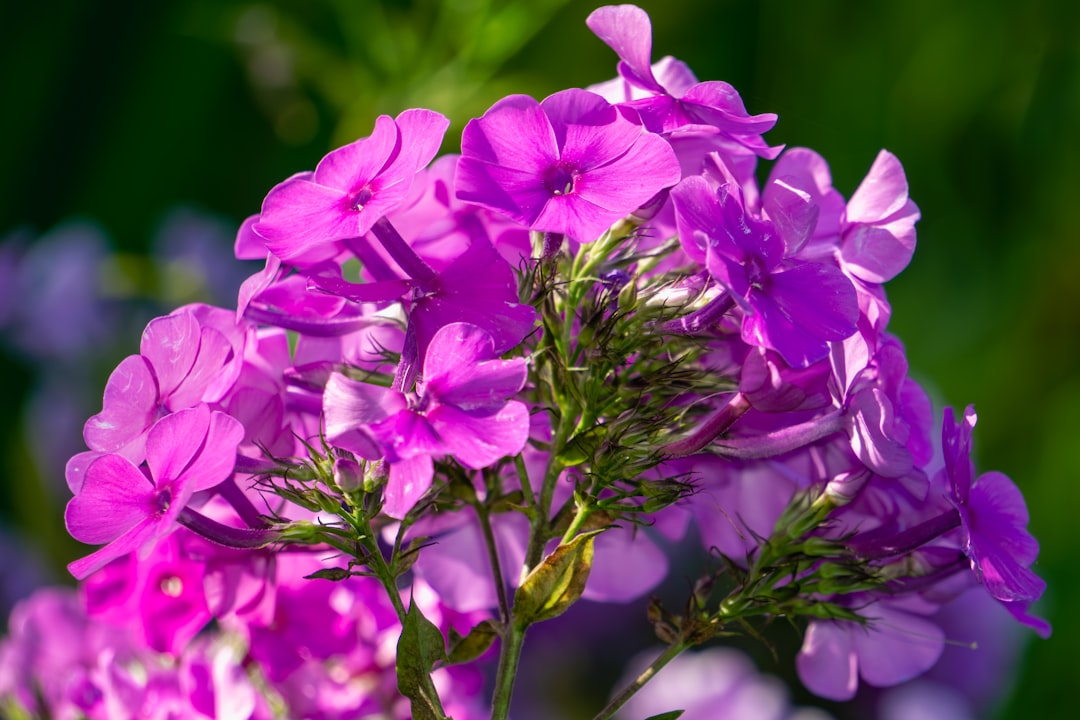Fall Planting: The Secret to a Springtime Yard Paradise

As the leaves start to change color and the air turns crisp, fall is not just a season of beautiful scenery but also a prime time for gardening. Using a well - thought - out guide on what to plant in fall can transform your yard into a gorgeous oasis come spring. Let's explore the various aspects of fall gardening to ensure your yard looks its best when the warmer months arrive.
One of the first things to consider is the type of plants that thrive when planted in the fall. Bulbs are an excellent choice. Daffodils, tulips, and crocuses are classic bulb plants that should be planted in the fall. These bulbs need a period of cold dormancy to develop properly. When you plant them in the fall, they have the entire winter to establish their root systems. By the time spring rolls around, they will burst into colorful blooms, adding a splash of color to your yard. The process of planting bulbs is relatively straightforward. You'll need to dig holes at the appropriate depth, usually about two to three times the height of the bulb. Place the bulbs in the holes with the pointed end up and cover them with soil. Water them thoroughly after planting to help settle the soil around the bulbs.
Another great option for fall planting is perennials. Perennials are plants that come back year after year. Some popular perennials for fall planting include asters, mums, and sedums. Asters are known for their daisy - like flowers that come in various shades of purple, pink, and white. They add a touch of elegance to any garden. Mums, on the other hand, are a staple of fall gardens with their vibrant colors. Sedums are hardy plants that can tolerate a wide range of conditions. They have fleshy leaves and come in different shapes and sizes. When planting perennials, make sure to choose a location that gets the right amount of sunlight for the specific plant. Prepare the soil by adding compost or other organic matter to improve its fertility and drainage. Dig a hole that is slightly larger than the root ball of the plant, place the plant in the hole, and fill it with soil. Water the plant well to help it get established.
Grasses are also a wonderful addition to a fall - planted yard. Ornamental grasses, such as fountain grass and switchgrass, can add texture and movement to your garden. They sway gracefully in the wind and provide visual interest throughout the year. In the fall, the foliage of these grasses often takes on beautiful colors, such as golden yellow or deep red. When planting grasses, select a spot with full sun or partial shade, depending on the type of grass. Make sure the soil is well - drained. Dig a hole for the grass plant, place it in the hole, and backfill with soil. Water the grass thoroughly to help it take root.
Soil preparation is a crucial step in fall gardening. Before you start planting, it's a good idea to test your soil. You can purchase a soil testing kit at a local garden center. The test will tell you the pH level of your soil and the nutrient content. Based on the results, you can add the appropriate amendments to improve the soil. For example, if the soil is too acidic, you can add lime to raise the pH. If it lacks nutrients, you can add fertilizers. Till the soil to a depth of about 8 - 10 inches to loosen it and make it easier for the plant roots to grow. Remove any weeds or debris from the soil surface to prevent competition for nutrients and water.
Once you've planted your fall garden, proper care is essential. Watering is important, especially during dry spells in the fall. Newly planted bulbs, perennials, and grasses need consistent moisture to establish their root systems. However, be careful not to over - water, as this can lead to root rot. Mulching is another important aspect of fall garden care. Apply a layer of mulch, such as shredded leaves or bark chips, around your plants. Mulch helps to retain moisture in the soil, suppress weeds, and insulate the soil during the cold winter months. It also adds a decorative touch to your garden.
As winter approaches, you may need to take some additional steps to protect your fall - planted garden. For tender plants, you can cover them with burlap or frost blankets. This will help to shield them from harsh winter winds and extreme cold temperatures. You can also cut back the foliage of some perennials to prevent damage from snow and ice. But be careful not to cut back too early, as the foliage can provide some protection for the plant during the winter.
In conclusion, fall is a fantastic time to start planning and planting your yard to ensure a beautiful display in the spring. By choosing the right plants, preparing the soil properly, and providing the necessary care, you can create a yard that will be the envy of the neighborhood when the warmer weather arrives. So, grab your gardening tools and get started on your fall planting project today!